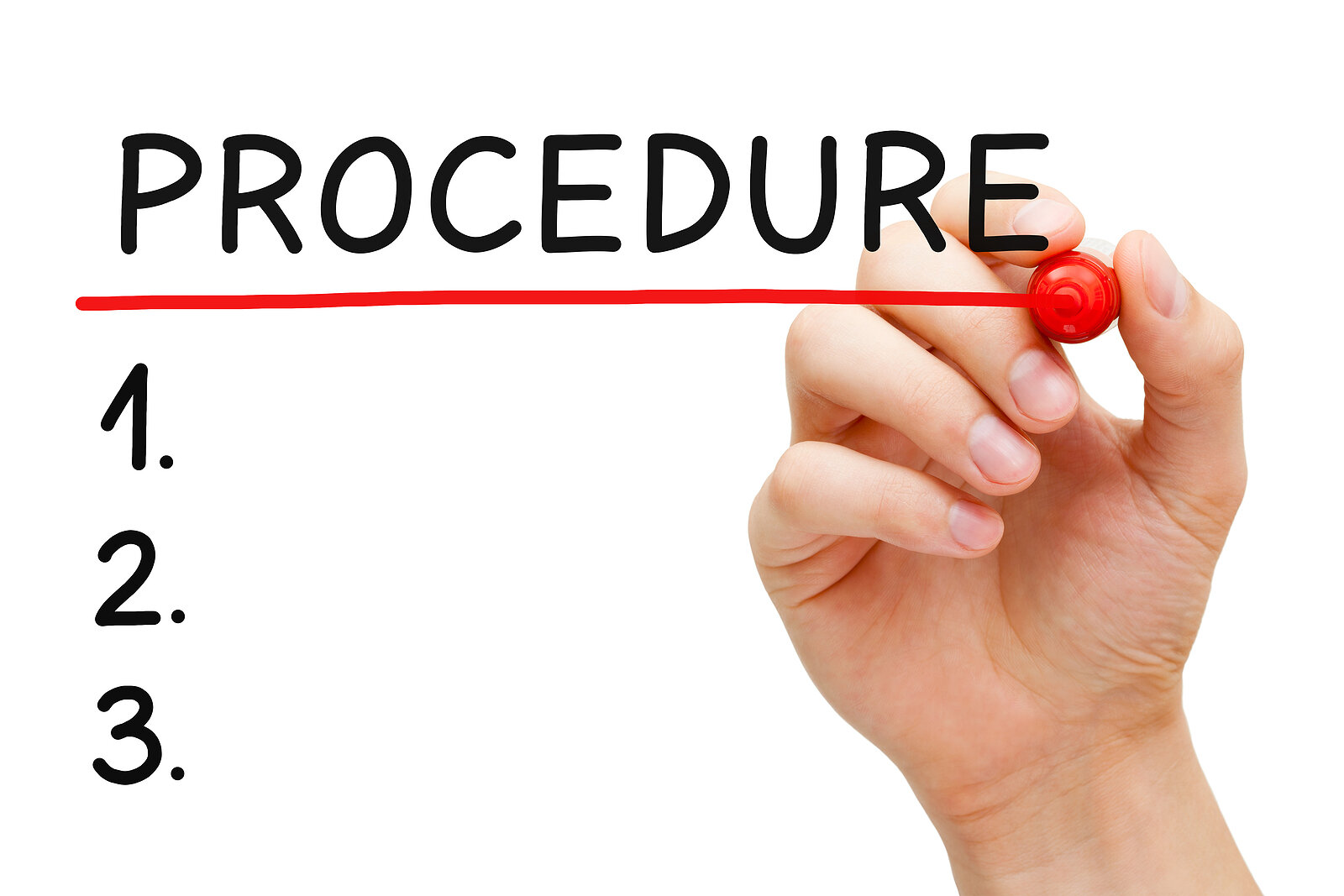I've spent a lot of time at the post office lately and it's fascinating.
My latest book came out in March, which means I've sent a lot of books to people I interviewed or who endorsed the book. The books require a special type of discounted postage called media mail, so I have to go to the counter to buy it from a postal clerk.
There are three clerks who regularly work in my local post office. All three have a different way of processing a media mail postage request, yet all the books arrive safely to their destination.
Why does this matter?
One of the clerks processes the transaction much faster than the other two. This makes the line go faster. (There's always a line.)
Put another way, two of the clerks take too long. They add unnecessary steps to the procedure. Taking an extra minute per transaction makes the line grow. More people have to wait for more time as a result.
Each visit to the post office is a reminder of a customer experience lesson that's often overlooked. Strict procedures are essential to great experiences.
Here's why.
Great experiences are consistent
Customers trust brands, products, and services that they can count on. We tend to take consistency for granted, because it's a little boring, but we'd surely notice if it wasn't there.
Picture a contact center where luck of the draw determined which agent you got on the phone. One agent could solve your problem in just five minutes, while another agent would require 30 minutes to get to the bottom of the same issue.
Imagine going to a Starbucks where each barista made your latte "their way." Some would taste good, others wouldn't. No two would be the same.
What if warehouse workers each had their own method for packing fragile items? Some shipments would survive the journey, others wouldn't. Extra padding adds extra weight, which means some workers would unnecessarily increase shipping costs without preventing any more damage.
All of these scenarios create waste, unhappy customers, and inconsistent experiences.
Customer-focused companies are incredibly consistent. Their products unfailingly work. Their services are dependable.
Think about that the next time you order something from Amazon. The company can deliver a dizzying array of items to your doorstep with lightening speed because every employee is taught to follow a strict set of procedures.
Can employees ever improvise?
Absolutely! There are many situations where an employee should add their own flair, make an adjustment, or deviate from a procedure entirely.
The secret is knowing when to improvise.
Hotel housekeepers neatly fold towels as part of the room cleaning procedure. Some add their own flair by folding some of the towels into fun animals.
A procedure can sometimes be improved. That's what the fast postal clerk did. She identified an unnecessary step and eliminated it, saving several seconds per transaction.
There are a few cases when the normal procedure doesn’t apply.
A medical device manufacturer needed to get a specific item to a hospital for a patient having surgery the next day. The normal ordering procedure wouldn’t get the device to the hospital in time, so a customer service rep decided to improvise. She called a nearby competing hospital, located the correct device, and arranged to have it delivered just in time for the patient’s life-saving surgery.
Many customer-focused companies even have procedures for handling special requests or unusual situations. There's a strict latte recipe at Starbucks, but the barista will customize a drink to your liking. You can even make changes to a standard item when ordering via the Starbucks app.
(Side note: some customers have gone way too far with their customization requests. It’s become an issue.)
People mistakenly equate empowerment with giving employees the authority to do whatever they want. That's not really the definition.
The real definition of empowerment is enabling employees to deliver outstanding service to their customers. This includes:
Resources necessary to get the job done.
Procedures that represent best practices.
Authority to do what’s right or deviate from procedures when needed.
How do you get employees to follow procedures?
Just having strict procedures isn't enough. All employees need to follow them to ensure consistency.
The first step is to make sure there is a documented procedure. You can use this guide to write procedures your employees will love.
Next, identify potential obstacles.
Are employees aware of the procedure?
Can they access the procedure quickly and easily?
Do they have the necessary tools and resources?
A hotel received a number of complaints about room cleanliness. A quick investigation revealed that employees weren't following the standard cleaning procedure because they lacked the needed cleaning supplies.
Finally, monitor procedures to make sure they are being followed.
Major League Baseball recently investigated allegations that its baseballs are "juiced," meaning they fly farther than normal. It turned out to be true. The baseballs are hand-sewn, and the balls had abnormal variations in seam height, causing some baseballs to fly farther than others.
That meant a fan's chance of seeing a home run had just as much to do with who made the ball as who was pitching and who was batting.
It turned out the problem had been happening for several years. The investigation, while enlightening, should have happened far sooner.
Take Action
Procedures aren't a one-way street. Customer-focused leaders spend a lot of time talking about procedures with their team.
Why is this procedure important?
What are the consequences of not consistently following the procedure?
What obstacles prevent procedures from being followed?
When does it make sense to not follow the procedure?
How can we do things even better?
You can learn more about creating a consistent customer experience from my book, The Guaranteed Customer Experience. Download the first chapter to learn about a gas station convenience store that dominates the competition because it does one simple thing consistently.

















